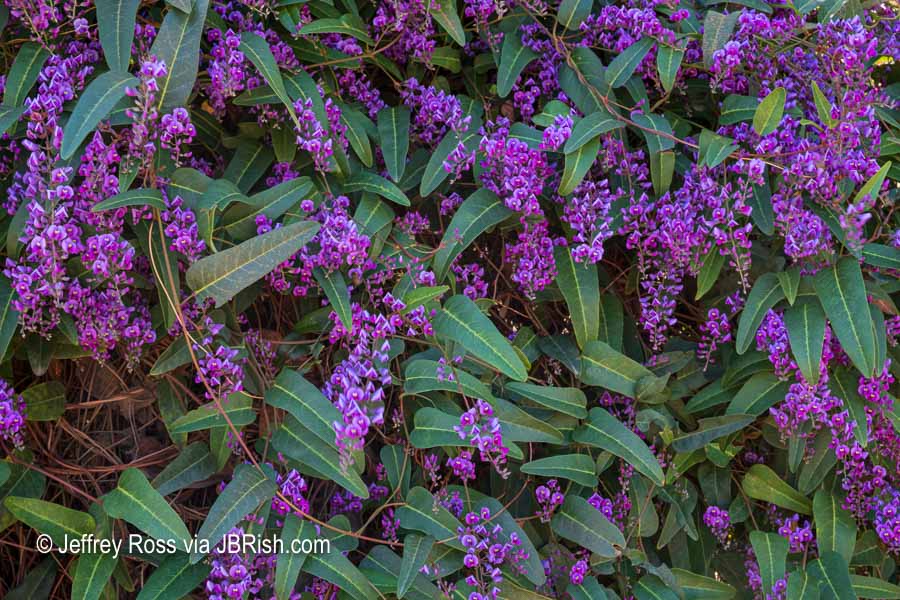There are some amazing gardening resources to be found on the Internet and most of them are free. Of course viewers have to put up with some “nag” screens and pop-ups, but that is a small price to pay for valuable information. At least that’s my opinion. I decided to write about some of my findings for those who may also be interested in these gardening articles.
I have been gardening and growing plants for more than fifty years and I am currently a Master Gardener in Maricopa County, AZ (Phoenix area. I hope you find something useful among these harvested tidbits.
What to Do With Dried Potting Soil?
Author Katie Jensen, graduate of Arizona State University, points to some interesting hints for those who find that their potting soil is depleted of nutrients or so dry that it cannot absorb the necessary water when potting new plants.
As Master Gardeners, we are well aware of the problem of using peat moss in a potting mix and then having it become hydrophobic when dry. Jensen offers several good pointers at the link above.
NOTE – What has worked for me in the past, if one needs a speedier answer to hydrating soil, is to use very warm water. The warmer the water, the better. Do not use boiling hot water as it may hurt beneficial microorganisms and elements.
When dealing with soil that has the potential of being depleted of nutrients after long-use, I create a new mixture of two-thirds new potting soil and one-third old soil. I then increase the recommended amount of fertilizer by one third (+/-). In the desert, additional applications may be necessary because of increased watering.
Naturally, these procedures have worked in my N. Phoenix area, but your mileage may vary.
More garden-related articles from Hunker:
**********
Seven top tips for sustainable living in urban gardens
James and Dick Strawbridge from across the pond, so-to-speak, offer up some hints about urban gardens that focus on the goal of zero-waste. While zero may not be practical, many gardeners can work toward the goal of more sustainable gardening.
One suggestion in the article that some may not have considered before is eating “peelings.” Why not? Restaurants often serve potato skins as an appetizer and that includes the peels. The Strawbridges suggest other peelings that might be just as tasty with a bit of imagination in their preparation.
Another tip that is worthy of some consideration is “creating a wormery.” Worm castings have been demonstrated to be excellent fertilizer. The process in our desert is a bit different than elsewhere, but a visit to the Arizona Worm Farm * will get you started.
Read more about sustainable gardening at the link above.
*Here is the link for the Arizona Worm Farm
Arizona Worm Farm YouTube Videos
The Worm Farm offers very interesting tours of their operation and has vermiculture workshops. For fees and hours visit their website. Even our non-gardening guests have found the AZ Worm Farm an interesting place to visit.

Hardenbergia violacea is sometimes called the Lilac Vine. In the Sonoran Desert, it blooms at the end of January or the beginning of February. It produces fountains of purple flowers against dark green, leathery leaves.
That’s all for now, happy gardening!
**********
All original content on this blog is copyrighted by Jeffrey B. Ross with ALL Rights Reserved. While reference links back to JBRish.com are appreciated and encouraged, please acquire approval for any reproduction of original content from this website.
©Jeffrey B. Ross 2014 – 2020 – JBRish.com